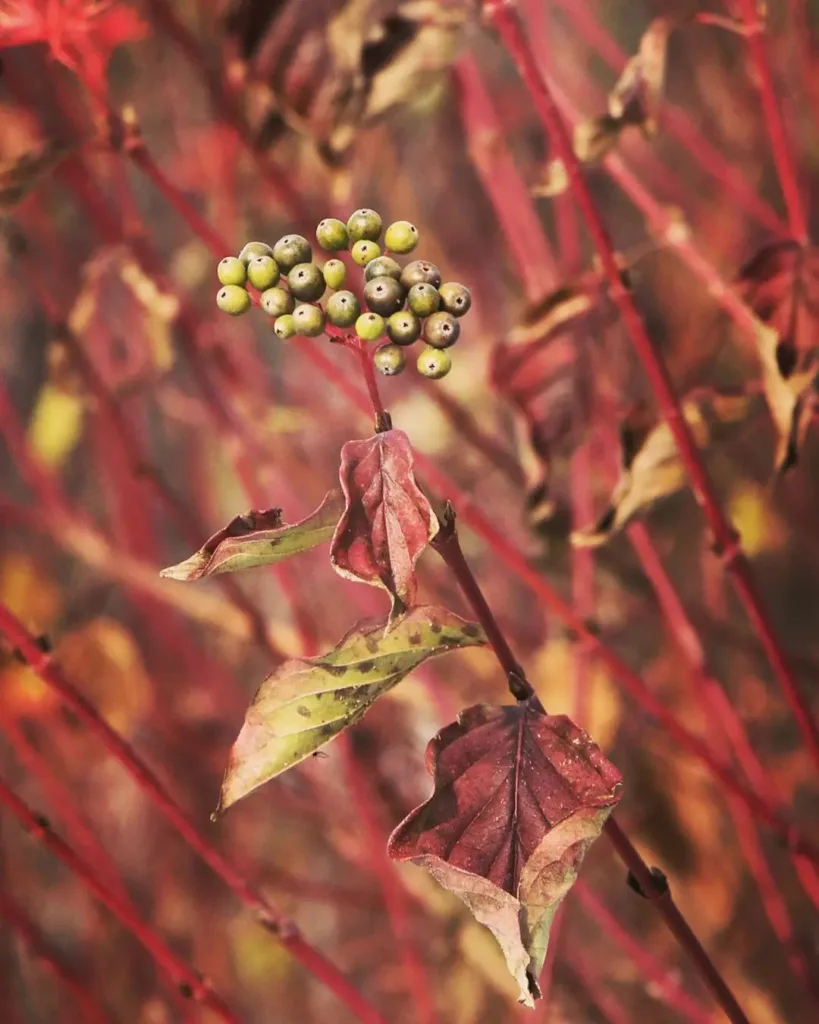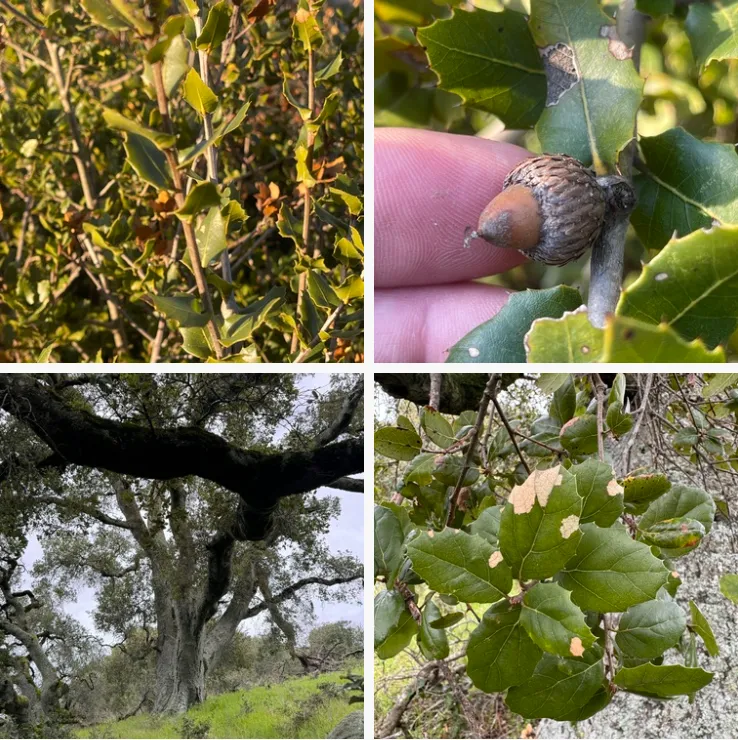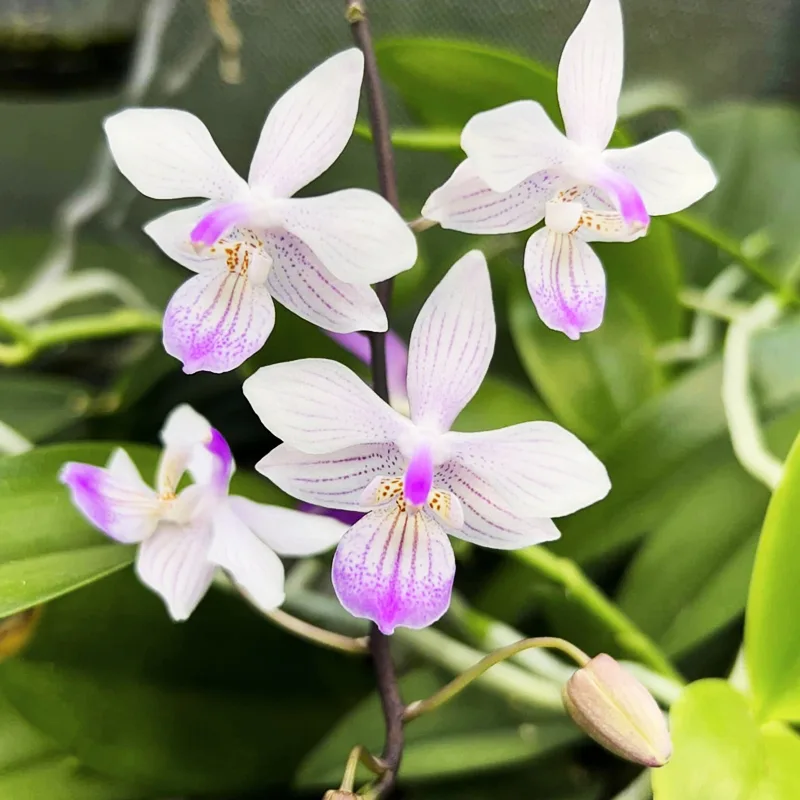Manihot: A Deep Dive with Ferb Vu
The world of botany is a fascinating one, filled with diverse and intriguing plant life. As a plant enthusiast, I’m always eager to delve deeper into the intricacies of different genera, and today, I’m excited to explore the genus Manihot with you.
Manihot is a genus of flowering plants in the spurge family, Euphorbiaceae. This genus boasts a diverse array of species, primarily woody shrubs and trees, though a few herbaceous plants are also included. The most famous member of this genus is undoubtedly Manihot esculenta, more commonly known as cassava. This starchy root crop is a staple food for millions of people across the globe, particularly in tropical regions.
A Closer Look at Manihot
Manihot species are native to the Americas, with a distribution spanning from the southwestern United States all the way down to Argentina. These plants thrive in warm climates and exhibit a remarkable ability to tolerate drought conditions. They are characterized by their milky sap, which contains cyanogenic glycosides. While these compounds can be toxic if consumed in large quantities, traditional processing methods effectively remove them, rendering the cassava root safe to eat.
Notable Species within the Manihot Genus
The Manihot genus encompasses a vast array of species, each with its own unique characteristics and uses. Here are:
- Manihot esculenta (Cassava): This species is the most economically important member of the genus, cultivated for its starchy, edible roots. Cassava is a staple food in many tropical regions and is also used to produce tapioca and animal feed.
- Manihot grahamii (Graham’s Manihot): This species is a fast-growing shrub native to South America. It is known for its ornamental value, with attractive lobed leaves and fragrant flowers.
- Manihot acuminatissima Müll.Arg.
- Manihot aesculifolia (Kunth) Pohl
- Manihot allemii M.J.Silva
- Manihot alterniflora P.Carvalho & M.Martins
- Manihot alutacea D.J.Rogers & Appan
- Manihot angustiloba (Torr.) Müll.Arg.
- Manihot anisophylla (Griseb.) Müll.Arg.
- Manihot anomala Pohl
- Manihot appanii M.J.Silva
- Manihot arenaria M.Mend.
- Manihot attenuata Müll.Arg.
- Manihot auriculata McVaugh
- Manihot australis M.Mend. & Orlandini
- Manihot baccata Allem
- Manihot bellidifolia P.Carvalho & M.Martins
- Manihot boliviana Pax & K.Hoffm.
- Manihot brachyandra Pax & K.Hoffm.
- Manihot brachyloba Müll.Arg.
- Manihot brachystachys Pax & K.Hoffm.
- Manihot brasiliana M.Mend. & T.B.Cavalc.
- Manihot breviloba P.Carvalho & M.Martins
- Manihot caerulescens Pohl
- Manihot carthagenensis (Jacq.) Müll.Arg.
- Manihot catingae Ule
- Manihot caudata Greenm.
- Manihot cecropiifolia Pohl
- Manihot cezarii M.Martins
- Manihot chlorosticta Standl. & Goldman
- Manihot coimbrana M.Mend.
- Manihot compositifolia Allem
- Manihot condensata D.J.Rogers & Appan
- Manihot confertiflora M.J.Silva
- Manihot congesta M.Mend. & T.B.Cavalc.
- Manihot corymbiflora Pax & K.Hoffm.
- Manihot crassisepala Pax & K.Hoffm.
- Manihot crotalariiformis Pohl
- Manihot davisiae Croizat
- Manihot debilis M.Mend. & T.B.Cavalc.
- Manihot decurrens M.Mend. & M.Martins
- Manihot diamantinensis Allem
- Manihot dichotoma Ule
- Manihot divergens Pohl
- Manihot ebracteata M.Mend. & T.B.Cavalc.
- Manihot elongata P.Carvalho & M.Martins
- Manihot epruinosa Pax & K.Hoffm.
- Manihot erecta M.Mend. & T.B.Cavalc.
- Manihot fabianae M.Mend.
- Manihot falcata D.J.Rogers & Appan
- Manihot fallax M.J.Silva & L.S.Inocencio
- Manihot filamentosa Pittier
- Manihot flemingiana D.J.Rogers & Appan
- Manihot foetida (Kunth) Pohl
- Manihot fortalezensis Nassar, D.G.Ribeiro, Bomfim & P.T.C.Gomes
- Manihot fruticulosa (Pax) D.J.Rogers & Appan
- Manihot gabrielensis Allem
- Manihot glauca M.Mend. & T.B.Cavalc.
- Manihot gracilis Pohl
- Manihot graminiformis M.Mend.
- Manihot gratiosa M.J.Silva
- Manihot guaranitica Chodat & Hassl.
- Manihot hahnii M.Martins & T.Silveira
- Manihot handroana Cruz
- Manihot hassleriana Chodat
- Manihot heptaphylla Ule
- Manihot hilariana Baill.
- Manihot hunzikeriana Mart.Crov.
- Manihot incisa M.Mend. & T.B.Cavalc.
- Manihot inflata Müll.Arg.
- Manihot inflexa M.Mend. & T.B.Cavalc.
- Manihot irwinii D.J.Rogers & Appan
- Manihot jacobinensis Müll.Arg.
- Manihot janiphoides Müll.Arg.
- Manihot jolyana Cruz
- Manihot kalungae M.J.Silva & Sodré
- Manihot leptophylla Pax & K.Hoffm.
- Manihot linearifolia Müll.Arg.
- Manihot longepetiolata Pohl
- Manihot longiracemosa P.Carvalho & M.Martins
- Manihot lourdesiae M.J.Silva
- Manihot luxurians M.J.Silva
- Manihot macrocarpa P.Carvalho & M.Martins
- Manihot maracasensis Ule
- Manihot marajoara Huber
- Manihot mattogrossensis Pax & K.Hoffm.
- Manihot mcvaughii V.W.Steinm.
- Manihot membranacea Pax & K.Hoffm.
- Manihot michaelis McVaugh
- Manihot minima M.Mend. & T.B.Cavalc.
- Manihot minimiflora M.J.Silva
- Manihot mirabilis Pax
- Manihot montana M.J.Silva
- Manihot mossamedensis Taub.
- Manihot nana Müll.Arg.
- Manihot neusana Nassar
- Manihot nogueirae Allem
- Manihot oaxacana D.J.Rogers & Appan
- Manihot obovata J.Jiménez Ram.
- Manihot oligantha Pax & K.Hoffm.
- Manihot orbicularis Pohl
- Manihot pachycaulis M.J.Silva
- Manihot palmata Müll.Arg.
- Manihot pandurata M.Martins & M.Mend.
- Manihot pauciflora Brandegee
- Manihot paviifolia Pohl
- Manihot peltata Pohl
- Manihot pentaphylla Pohl
- Manihot peruviana Müll.Arg.
- Manihot pilosa Pohl
- Manihot pinatiloba M.Mend. & T.B.Cavalc.
- Manihot pohliana Müll.Arg.
- Manihot pohlii Wawra
- Manihot populifolia Pax
- Manihot porphyrantha M.Mend. & T.B.Cavalc.
- Manihot pringlei S.Watson
- Manihot procumbens Müll.Arg.
- Manihot pruinosa Pohl
- Manihot pseudoglaziovii Pax & K.Hoffm.
- Manihot pulchrifolius M.J.Silva
- Manihot purpurea M.Mend. & T.B.Cavalc.
- Manihot purpureocostata Pohl
- Manihot pusilla Pohl
- Manihot quinquefolia Pohl
- Manihot quinqueloba Pohl
- Manihot quinquepartita Huber ex D.J.Rogers & Appan
- Manihot reflexifolia P.Carvalho & M.Martins
- Manihot reniformis Pohl
- Manihot reptans Pax
- Manihot rhomboidea Müll.Arg.
- Manihot robusta M.Mend. & T.B.Cavalc.
- Manihot rubricaulis I.M.Johnst.
- Manihot sagittata M.Mend. & M.Martins
- Manihot sagittatopartita Pohl
- Manihot salicifolia Pohl
- Manihot saxatilis M.J.Silva & Sodré
- Manihot scandens L.S.Inocencio & M.J.Silva
- Manihot sparsifolia Pohl
- Manihot stellata M.Mend.
- Manihot stipularis Pax
- Manihot striata M.Mend. & M.Martins
- Manihot stricta Baill.
- Manihot subspicata D.J.Rogers & Appan
- Manihot surinamensis D.J.Rogers & Appan
- Manihot takape De Egea & Peña-Chocarro
- Manihot tenella Müll.Arg.
- Manihot tomatophylla Standl.
- Manihot tombadorensis M.Mend. & T.B.Cavalc.
- Manihot tomentosa Pohl
- Manihot triloba (Sessé) McVaugh ex Miranda
- Manihot tripartita (Spreng.) Müll.Arg.
- Manihot triphylla Pohl
- Manihot tristis Müll.Arg.
- Manihot variifolia Pax & K.Hoffm.
- Manihot veadeirensis M.J.Silva
- Manihot violacea Pohl
- Manihot walkerae Croizat
- Manihot websteri D.J.Rogers & Appan
- Manihot weddelliana Baill.
- Manihot xavantinensis D.J.Rogers & Appan
- Manihot zehntneri Ule
The Importance of Manihot
The Manihot genus, particularly cassava, plays a crucial role in global food security. This drought-tolerant crop thrives in regions where other staple crops struggle, providing a reliable source of carbohydrates for millions of people. In addition to its nutritional value, cassava also has industrial applications. It is used in the production of starch, flour, animal feed, and biofuel.
Conservation Efforts
While some Manihot species are widely cultivated, others face threats due to habitat loss and the impact of climate change. Conservation efforts are crucial to preserve the genetic diversity of this important genus. Researchers are working to identify and conserve wild relatives of cassava, which may hold valuable traits for improving crop yields and resilience.
Looking Ahead
The Manihot genus holds immense potential for future research and development. Scientists are exploring ways to enhance the nutritional content of cassava, develop new varieties with improved disease resistance, and utilize the plant’s unique properties for various industrial applications. As we continue to learn more about this fascinating genus, we can unlock its full potential to contribute to a more sustainable and food-secure future.
I hope this exploration of the Manihot genus has been informative and engaging. As we’ve seen, this diverse group of plants plays a vital role in our world, from providing sustenance to millions to offering potential solutions for various industrial challenges. I encourage you to delve deeper into the world of botany and discover the wonders that await.
If i die, water my plants!



